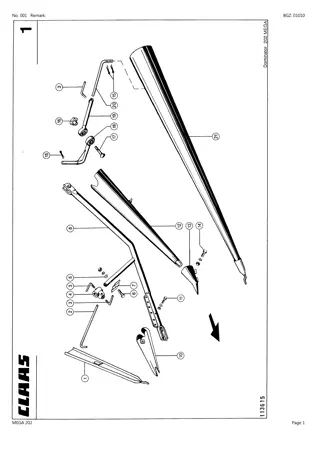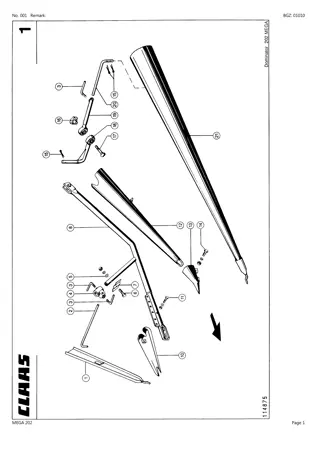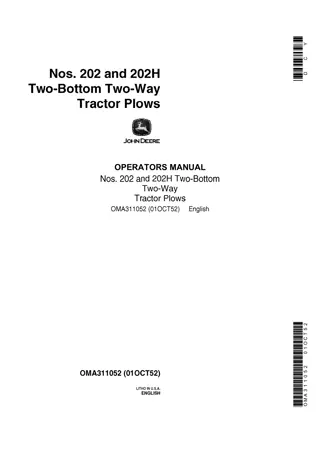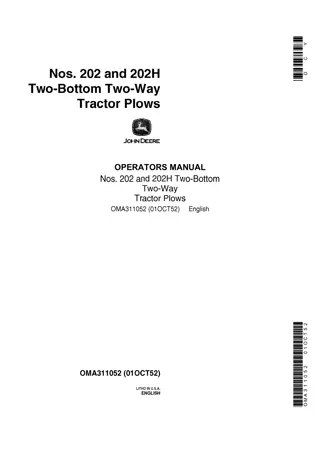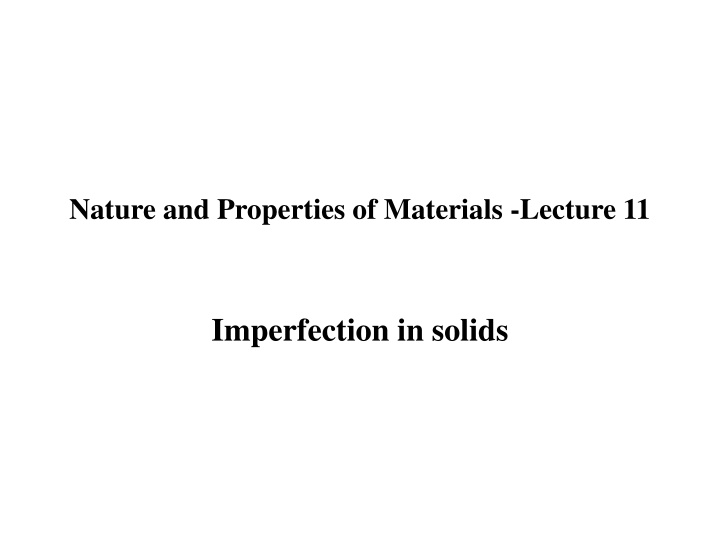
Understanding Imperfection in Solids and Crystal Defects
Explore the world of imperfections in solids and crystal defects, including point defects, dislocations, surfaces, and 3-dimensional defects. Learn about the classification of crystal lattice defects based on their dimensions and the types of point defects such as vacancies and interstitial defects. Dive into the nature and properties of materials to understand the intricacies of crystal structures and the impact of imperfections on material behavior.
Download Presentation

Please find below an Image/Link to download the presentation.
The content on the website is provided AS IS for your information and personal use only. It may not be sold, licensed, or shared on other websites without obtaining consent from the author. If you encounter any issues during the download, it is possible that the publisher has removed the file from their server.
You are allowed to download the files provided on this website for personal or commercial use, subject to the condition that they are used lawfully. All files are the property of their respective owners.
The content on the website is provided AS IS for your information and personal use only. It may not be sold, licensed, or shared on other websites without obtaining consent from the author.
E N D
Presentation Transcript
Nature and Properties of Materials -Lecture 11 Imperfection in solids
Recap In last lecture seven crystal system along with 14 Bravais lattices were discussed.
Imperfection in solids There is no such thing as a perfect crystal. Crystalline imperfections (or defects) are always present. In addition, impurity atoms are always present. Any irregularity in the pattern of crystal arrangement in a solid lattice is called imperfection in solids. The occurrence of defects takes place when crystallization (the process of formation of crystals) occurs at a very fast or at an intermediate rate. This is because particles don t get enough time to arrange themselves in a regular pattern.
Classification of crystal lattice defects by their dimension The 0- dimensional defects affect isolated sites in the crystal structure, and are hence called point defects. An example is a solute or impurity atom, which alters the crystal pattern at a single point. The 1-dimensional defects are called dislocations. They are lines along which the crystal pattern is broken. The 2-dimensional defects are surfaces, such as the external surface and the grain boundaries along which distinct crystallites are joined together. The 3-dimensional defects change the crystal pattern over a finite volume. They include precipitates, which are small volumes of different crystal structure, and also include large voids or inclusions of second-phase particles.
Point Defect Intrinsic Extrinsic Substitutional Frenkel Stoichiometric Schottky Non Stoichiometric Vacancy Intersitial Metal Excess Defect Metal Deficiency Defect
Point Defects POINT DEFECTS A point defect disturbs the crystal pattern at an isolated site. It is useful to distinguish intrinsic defects , which can appear in a pure material, from extrinsic defects , which are caused by solute or impurity atoms. Stoichiometric defect : In this kind of point defect, the ratio of positive and negative ions (Stoichiometric) and electrical neutrality of a solid is not disturbed. Sometimes it is also known as intrinsic or thermodynamic defects. Vacancy defect: When an atom is not present at their lattice sites, then that lattice site is vacant and it creates a vacancy defect. Due to this, the density of a substance decreases. Interstitial defect: It is a defect in which an atom or molecule occupies the intermolecular spaces in crystals. In this defect, the density of the substance increases.
Vacancy and Interstitial defect Vacancy defects are lattice sites which would be occupied in a perfect crystal, but are vacant. ... Interstitial defects are atoms that occupy a site in the crystal structure at which there is usually not an atom A non-ionic compound mainly shows vacancy and interstitial defects. An ionic compound shows the same in Frenkel and Schottky defect.
Frenkel Defect In ionic solids generally, the smaller ion (cation) moves out of its place and occupies an intermolecular space. In this case, a vacancy defect is created on its original position and the interstitial defect is experienced at its new position. It is also known as dislocation defect. The density of a substance remains unchanged. It happens when there is a huge difference in the size of anions and cations. Example: ZnS and AgCl.
Schottky Defect This kind of vacancy defects is found in Ionic Solids. But in ionic compounds, we need to balance the electrical neutrality of the compound so an equal number of anions and cations will be missing from the compound. It reduces the density of the substance. In this, the size of cations and anions are of almost the same.
Difference between Schottky and Frenkel defect An ionic compound shows the Frenkel and Schottky defect.
Non Stoichiometric Defects Stoichiometric Defect Non Stoichiometric Defect Stoichiometric defects are those that do not disturb the stoichiometry of a compound Non Stoichiometric defects are defects in crystal structures that disturb the stoichiometry of the crystal There stichiometric defects such as vacancy, intersitial, Frenkel and Schottky defects. are several types of There are several types of non stichiometric defects such as metal excess and metal deficiency defects
Metal Excess Defect- Anionic Vacancies Metal excess defect due to anionic vacancies: In this case, negative ions may be missing from their lattice sites leaving holes in which the electrons remain entrapped to maintain the electrical neutrality. This type of defect is observed in those crystals which are likely to form Schottky Defects. For example, Alkali metal halides like NaCl and KCl show this type of defect. When crystals of NaCl are heated in an atmosphere of sodium vapour, the sodium atoms are deposited on the surface of the crystal. The Cl ions diffuse to the surface of the crystal and combine with Na atoms to give NaCl.
Metal Excess Defect- Anionic Vacancies This happens by loss of electron by sodium atoms to form Na+ ions. The released electrons diffuse into the crystal and occupy anionic sites. As a result the crystal now has an excess of sodium. The sites occupied unpaired electrons are called F-centres. anionic by They impart yellow colour to the crystals of NaCl. The colour results by excitation of these electrons when they absorb energy from the visible light falling on the crystals. Similarly, excess of lithium makes LiCl crystals pink and excess of potassium makes KCl crystals violet .
Metal Excess Defect- Cationic Vacancies Metal excess defect due to the presence of extra cations at interstitial sites: In this case, there are extra positive ions occupying interstitial sites and the electrons in another interstitial sites to maintain electrical neutrality. The defect may be visualised as the loss of non-metal atoms which leave their electrons behind. The excess metal ions occupy interstitial positions. The common example is Zinc Oxide. Zinc oxide is white in colour at room temperature. On heating it loses oxygen and turns yellow. ZnO -> Zn2+ + O2 +2e Now there is excess of zinc in the crystal and its formula becomes Zn1+xO. The excess Zn2+ ions move to interstitial sites and the electrons to neighbouring interstitial sites.
Metal Deficiency Defects These contain less number of positive ions than negative ions. These arise due to two ways: (i) Cation Vacancies: In some cases, the positive ions may be missing from their lattice sites. The extra negative charge may be balanced by some nearby metal ion acquiring two positive charges instead of one. This type of defect is possible in metals which show variable oxidation states. The common examples of compounds having this defect are ferrous oxide, ferrous sulphide, nickel oxide etc. (ii) Extra anions occupying interstitial sites: In the case, the extra anions may be occupying interstitial positions. The extra negative charge is balanced by the extra charges on the adjacent metal ions. Such type of defect is not common because the negative ions usually very large and they cannot easily fit into the interstitial sites.
Metal Deficiency Defects FeO is heated in Oxygen atmosphere Fex O Vacant Sites are present Charge is compensated by converting Ferrous to Ferric ion Fe2+ Fe3+ + e- For every vacancy of ( Fe Cation ) two ferrous ions are converted to ferric ions provides the two electrons required by excess oxygen
Extrinsic defects The extrinsic point defects are foreign atoms, which are called solutes if they are intentionally added to the material and are called impurities if they are not. The foreign atom may occupy a lattice sites, in which case it is called a substitutional solute (or impurity) or it may fill an interstitial site, in which case it is called an interstitial solute . Since the interstitial sites are relatively small, the type of the solute is largely determined by its size. Small atoms, such as hydrogen, carbon and nitrogen are often found in interstitial sites. Larger atoms are usually substitutional. Extrinsic point defects affect almost all engineering properties, but they are particularly important in semiconducting crystals, where extrinsic defects are used to control electrical properties, and in structural metals and alloys, where extrinsic defects are added to increase mechanical strength.
Effects of Substitutional defects in solids If the foreign atom is smaller in size as compared to the original atom of the solid, the neighboring atoms will remain in tensile stress. If the foreign atom is larger in size as compared to the original atom of the solid, the neighboring atoms will remain in compressive stress. So, presence of foreign atom may distort the original lattice structure. Presence of substantial number of foreign atoms can change the mechanical and thermal properties of the solid. However, this is sometime beneficial, and thus substitutional defects can be applied in a controlled way to enhance various properties of the solid.
Summary A point defect disturbs the crystal pattern at an isolated site. It is useful to distinguish intrinsic defects , which can appear in a pure material, from extrinsic defects , which are caused by solute or impurity atoms. There are several types of stichiometric defects such as vacancy, intersitial, Frenkel and Schottky defects. There are several types of non stichiometric defects such as metal excess and metal deficiency defects between Schottky and Frenkel defect were discussed.









